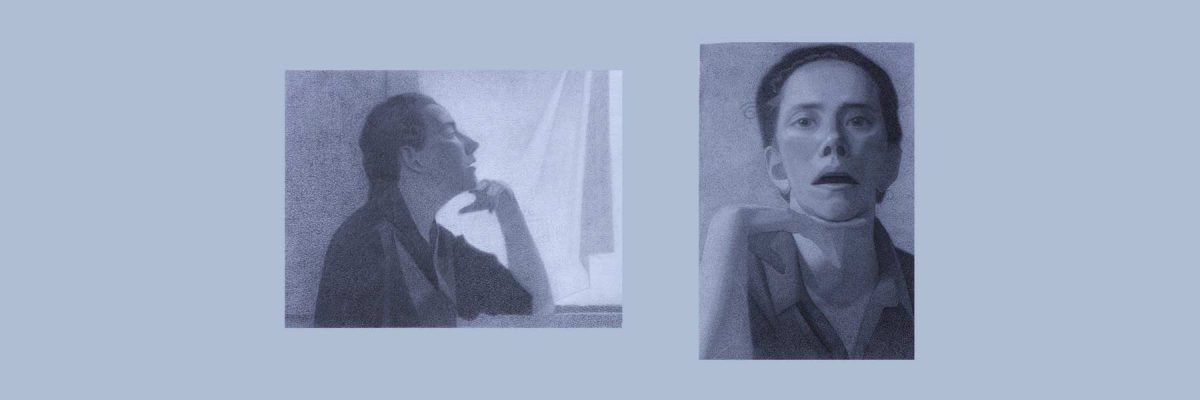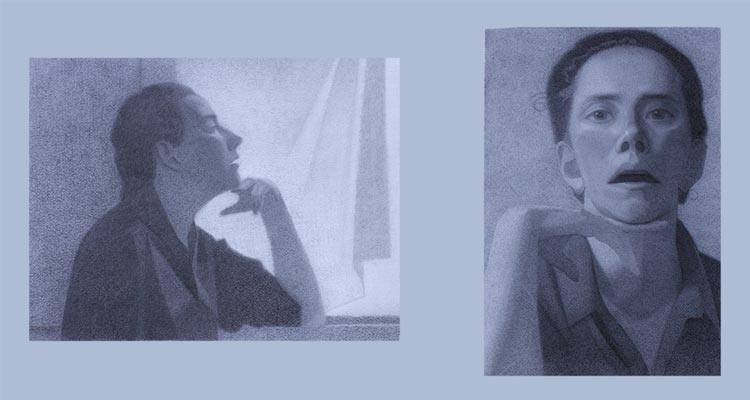Get ready for a total art history nerd post! The Rokeby Museum has given me access to their archive and I have been digging through the letters and images of Rachael Robinson (a 19th century illustrator).

As a teenager Rachael studied drawing in New York with her teacher Ernest Knaufft. In one of her letters back home she writes about seeing an exhibition of work by Charles Dana Gibson (image 2). From her letter we know that his work had a big impact on her art!
There is a new exhibition of Gibson’s pen drawing a little way from Mr. Knaufft. I have been twice, they are grand. I wish thee could have seen them. Some of them sell for $2.00. They are very large. Some 3 by 2 feet. I should think he is a young man yet. Some of his lines, on faces especially, are so fine you can scarcely see them. They have to be sent to Paris to be reproduced.
— Rachael Robinson Elmer to Robinson Family, March 5, 1893
Gibson was famous for his images of ‘modern womanhood’. At the turn of the century American women had better access to education and work possibilities than they had in the past. The role of the woman was changing and Gibson captured this evolution in his art.

As an art student Elmer student and drew sketches of her relatives. The above image shows her mother Ann reading the pages of her father’s manuscript. Her author father was nearly blind at this point and her mother played a central role in his writing process. She corrected and re-transcribed his writing and corresponded with his editors.

In a sense both artists recorded a modern image of womanhood. Yet they couldn’t feel more different. Elmer’s women feel old fashion compared to the “Gibson Girls”. But given a little context, her image of Ann is a much truer example of a woman at work.
Gibson’s depiction of 20th century womanhood isn’t necessarily wrong, but it’s limited. He depicts the women he saw and knew in his affluent New York circle. Elmer’s art helps broaden our understanding of what social change meant for a different part of the country. Of course neither artist tells us much about the condition of BIPOC from this period. For me this comparison highlights the importance of seeking out new voices from history.







